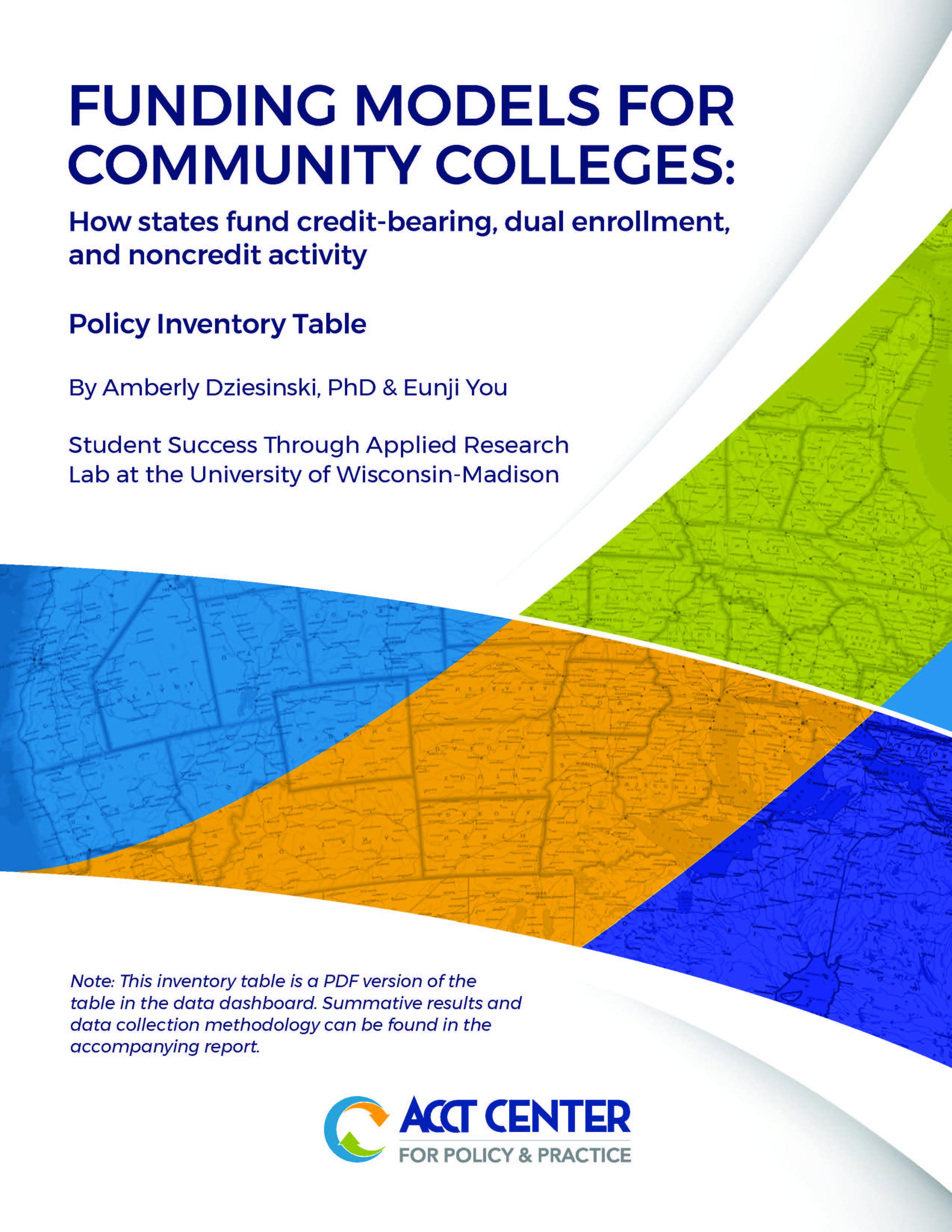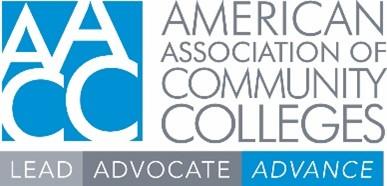Why is This Important?
Over the last decade, community college enrollment has continued to decline, but since the post-pandemic return to the classroom, enrollment has stabilized due to the increase in students participating in dual enrollment. The National Student Clearinghouse Spring 2023 report estimates a 13 percent increase from the year prior. By Spring 2023, enrollment was down by just .2%, but the one area of higher education enrollment that grew was in non-degree programs with an increase of 4.8%. Non-degree programs are typically shorter, target a specific career, and appeal to adults looking to quickly get back into the workforce.
While enrollment numbers may have stabilized, or even grown, community college budgets struggle to keep pace. Why? Because most states pay much less to the college for a student participating in a dual enrollment program as they do for a degree-seeking student in the same course. Similarly, many states pay much less to colleges for students enrolled in non-degree programs, and in some states, they pay nothing at all. Post-pandemic, the interest in non-degree credentials has continued to rise as has the interest in dual enrollment. It is important that states understand the variety of funding models available as the enrollment status of students continues to diversify.
These growth patterns are creating a dramatic shift in the budgets at community colleges. Each state has its own model for how it funds higher education institutions by FTE and enrollment status. Currently there is not an easily accessible source to compare what a community college receives in formula funding disaggregated by degree-seeking, non-degree seeking, and dual enrollment status.
Scope of the Project
This project had a straightforward design: research the funding models for each of the 50 states; Washington, DC; and several of the U.S. territories to catalogue the amount per FTE a college receives for each enrollment status, make it accessible to college leaders and policy makers alike, and publicize the data so that states are able to compare their models to others. ACCT partnered with the Student Success Through Applied Research (SSTAR) Lab at the University of Wisconsin to dig into the data and produce a brief that represents a first step towards understanding the national landscape around funding for different enrollment populations along with an interactive dashboard that is a tool to explore each state in more detail.
Resources
Over the course of the project, we worked to produce resources that can begin to explain how community colleges are funded based on the type of student group- credit-bearing, non-credit, and dual enrollment and to develop a tool that can be used to start conversations in your communities around funding.
“Community colleges have wide-ranging missions, reflecting the varied aspirations of students they serve. In any given classroom, some students will be enrolled with the intention of transferring course credits to a four-year university and some will have the intention of earning a degree. Seated next to them may be high school students, dually enrolled in their schools and at the college to get a head start on earning college credit. And an hour later, the classroom may be filled with community members taking noncredit courses to prepare for a GED, to learn English, or to receive workforce training. Each of these student groups — credit-bearing, dual-enrollment, and noncredit students — has a different goal for their education and needs different supports from their institution to succeed.”
August 24, 2024 Webinar
Watch On-Demand
Access the presentation slides from this webinar here.
Partners
Made Possible By
Questions?
For questions about the Community College Funding Model project, please contact Steve Jurch, Associate Vice President for ACCT's Center for Policy and Practice- [email protected]






